Carters Lane
An estate through time.
This walk is one of five Historic Routes.
This trail is one of our shortest historic routes and takes you through woodland and open farmland. The history explored on this trail travels back to the time of large land estates with wealthy owners who were willing to help support the community by building schools and churches. Please note, the public footpath by Marchwood Park Farm is currently blocked and Hampshire County Council’s rights of way team are working to resolve the issue. We suggest people use the public footpath alongside Beacon Hill to complete the walk.
The research into this trail was carried out by the NPA with the help of volunteers for the Our Past, Our Future Landscape Partnership Scheme.
See the files tabs on the right for a printable leaflet of the walk.
Download our walking app
Our free walking app features points of interest and photographs.
New Forest code
Please be aware of the New Forest code when walking in the National Park.

Read more about the points of interest on this historic route in the New Forest.
Click on a link to jump to a point of interest.
1. Marchwood Lodge
2. Beacon Hill
3. Tenant farms
4. Birchlands Farm
5. Marchwood House
6. Hidden lake
a. Church of St. John the Apostle
1. Marchwood Lodge
The Grade II Listed building Dun Clagh (meaning greyish-brown stone) was designed and built by the eminent Victorian architect Henry Woodyer. It was built in 1846 as the rectory for the first vicar of Marchwood Thomas Chessher Martelli and features mullioned windows with Bath Stone dressings. It is now a private house and not open to the public.
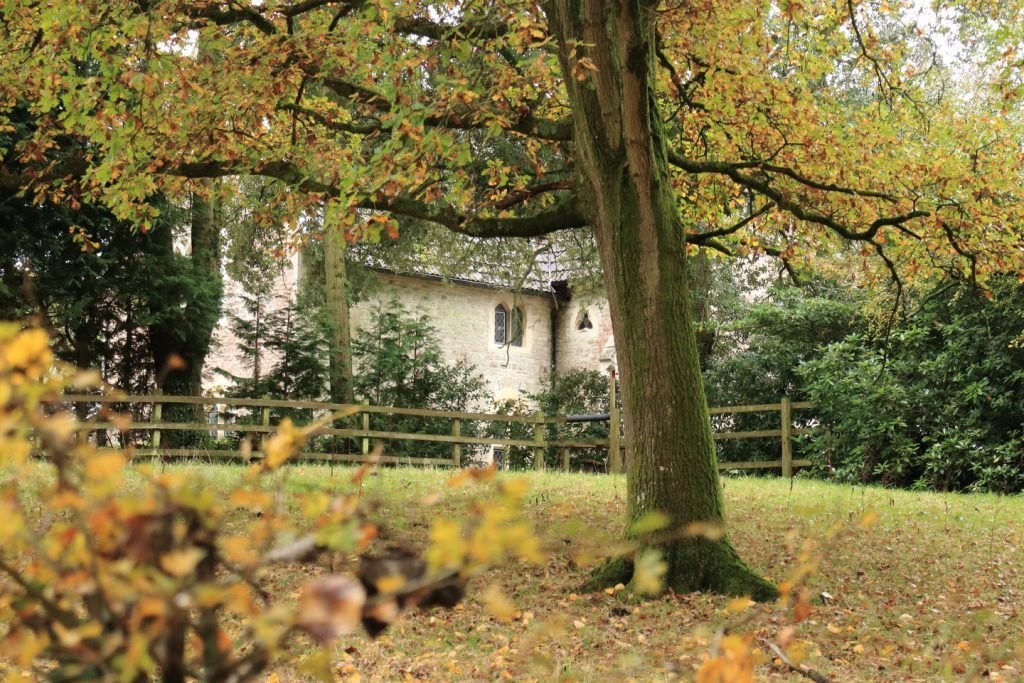
The village rectory, church and original school rooms were funded by Horatio Francis Kingsford Holloway, who bought the 500-acre Marchwood Lodge estate in 1834. Horatio was born with the surname Martelli and was the older brother of the vicar Thomas.
Horatio’s surname Martelli was changed by Royal License to Holloway, according to the wishes of the grandfather of his wife (Mary Ann) in his will as there were no male heirs. Mary Ann Holloway has a portrait in the National Gallery, where she is pictured with her second son Horatio Edward. When she married at age nearly nineteen, she was considered a minor and needed her parents’ permission to marry. H.F.K. Holloway, born 1808, held the office of Deputy Lieutenant 1847 and was appointed Sheriff of Hampshire in 1841. He died aged 62 in 1870 leaving the estate to Horatio Edward as his eldest son had already died.
2. Beacon Hill
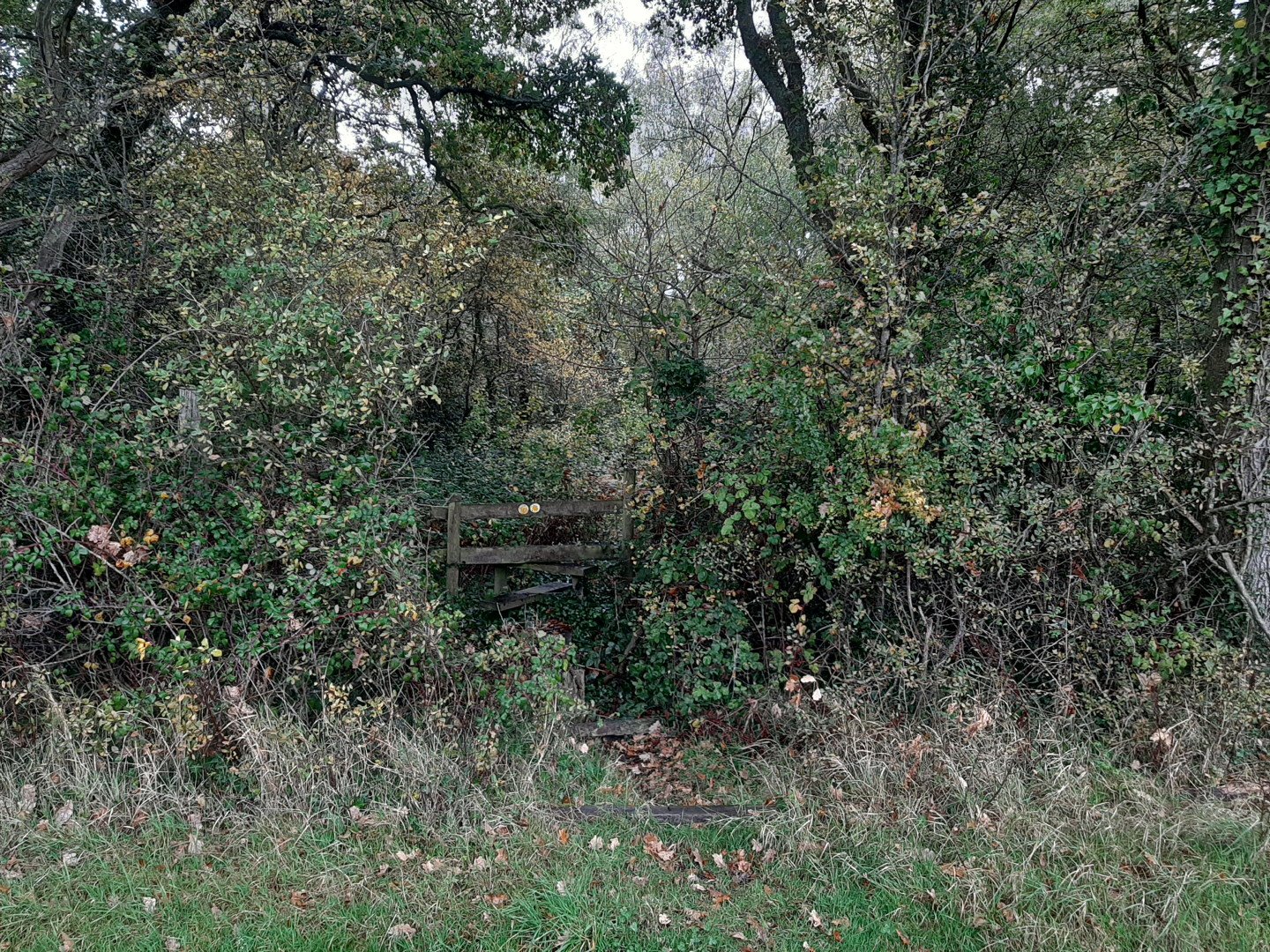
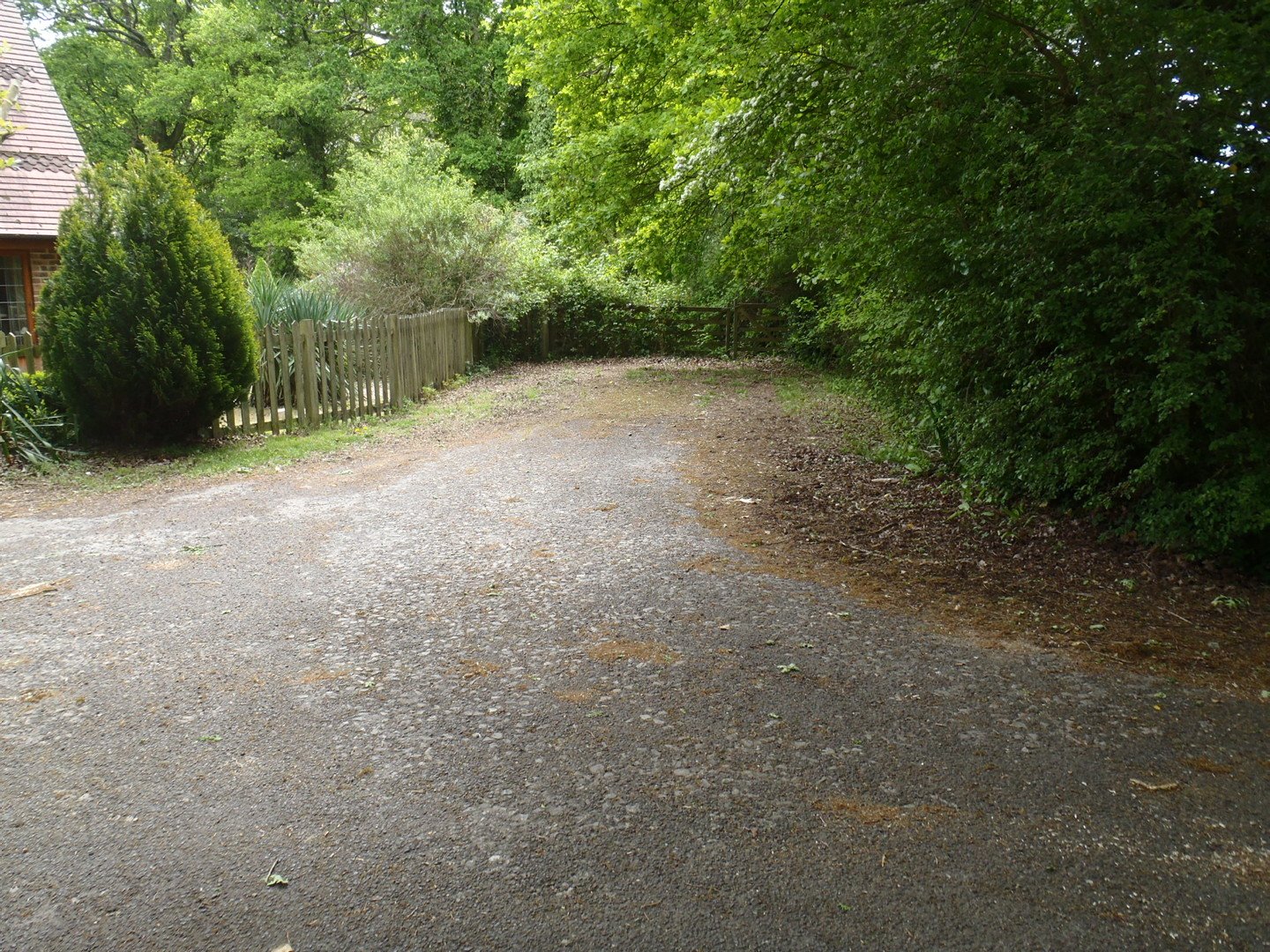
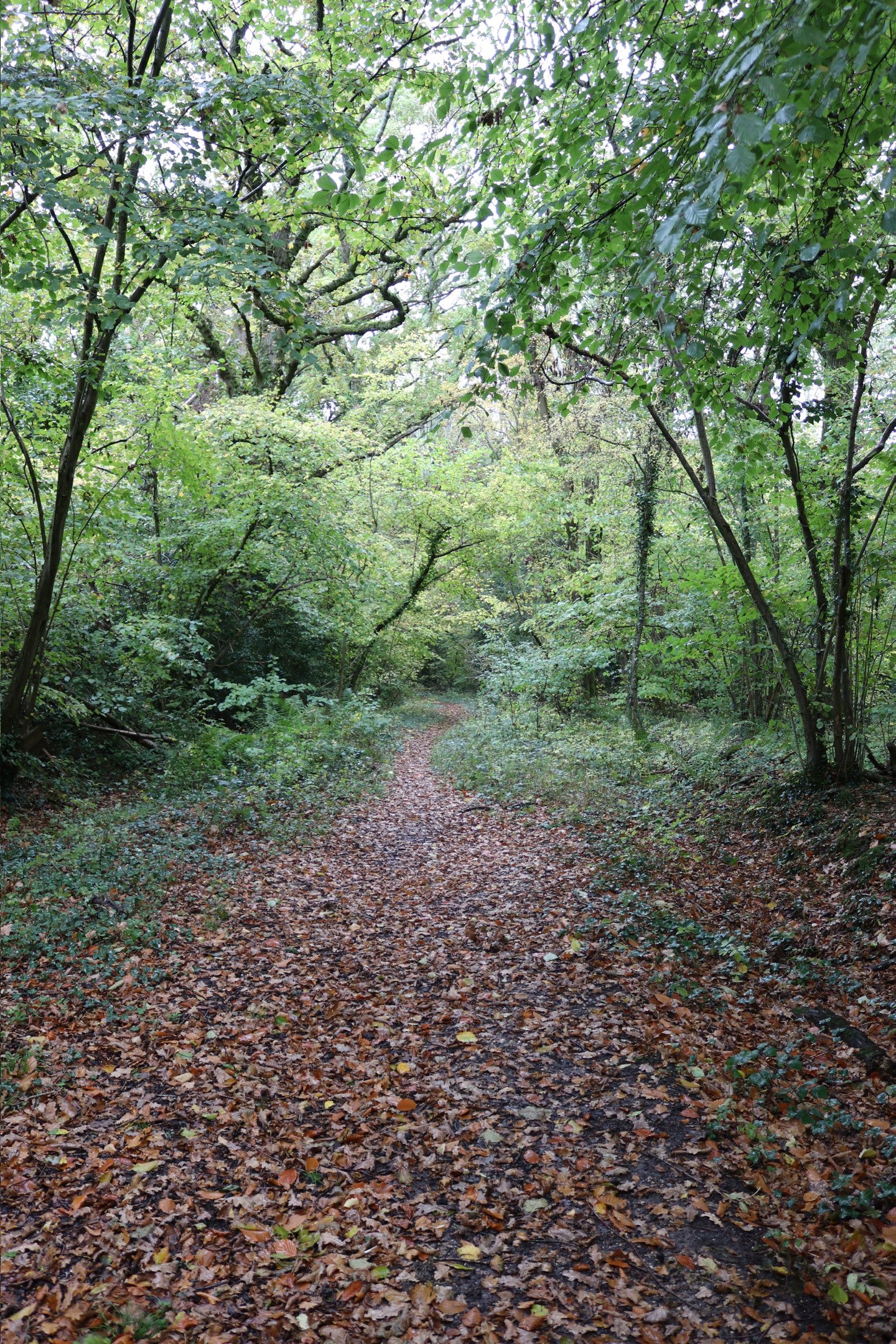
The hill that runs across the field to the back of Dun Clagh is called Beacon Hill and was originally was the site of a fire beacon, a tall wooden post with a large metal basket on top. When lit, the fire would give warning to local people of the approach of an enemy. They were sited on high hills, usually as part of a defensive signal system, or chain, stretching back from the coast to inland areas.
3. Tenant farms
Now owned by the Dovey family, Birchlands Farm was originally owned by various Bishops of Winchester until the early 1900s. The Bishops oversaw one of the largest and richest episcopal sees (area over which a Bishop had jurisdiction) in the land including land at Southwark, London. The tenant farmers in Marchwood had small holdings of between 10 and 20 acres with just one of 95 acres.
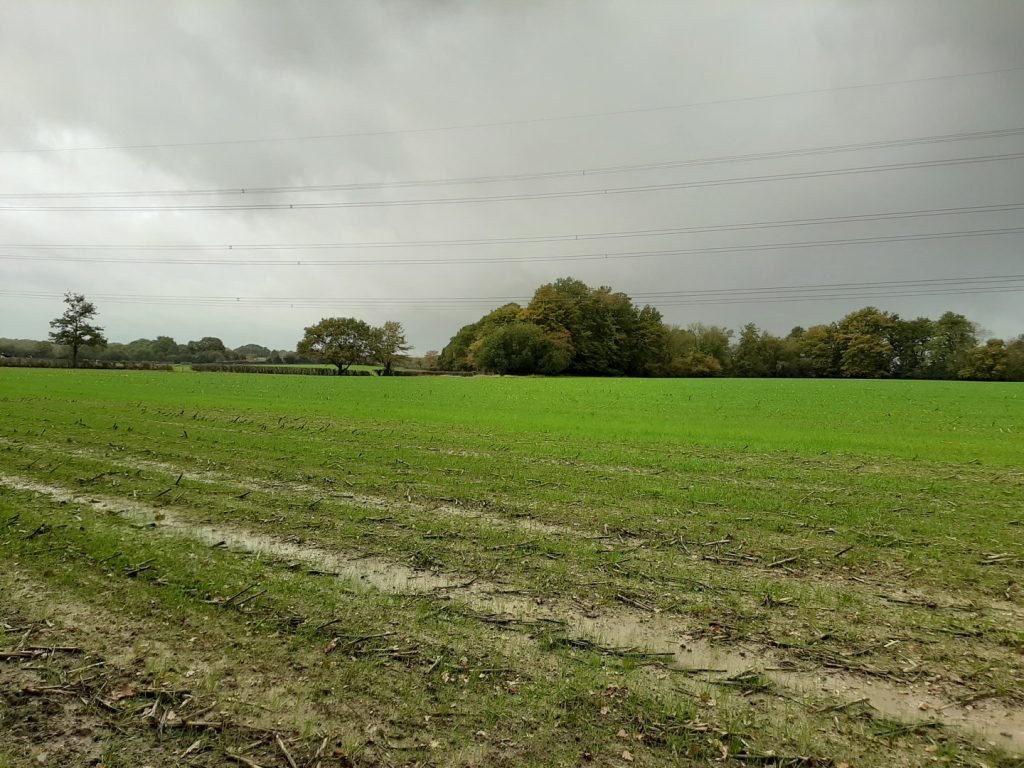
4. Birchlands Farm
Birchlands farm is a Red Tractor certified, mixed farm. The Red Tractor logo allows people to recognise food that has been produced to high standards across the whole length of the food chain, from farm to packet. There are stables for horse riding, and you may spot a milk tanker picking up its daily load. This is one of just a few milk farms left in the New Forest.
We don’t know how or way this lane got its name, but Carter’s Lane connects Birchlands Farm to the Beaulieu road.
5. Marchwood House
The route between points five and six is the oldest section of this trail, being first seen on Milne’s Hampshire map of 1791. From here, Home Farm and remains of the walled gardens, which were part of the Marchwood Lodge estate established by Horatio Holloway, can be seen. Looking easterly over the fields you can just see the back of Marchwood House which is now a Priory hospital with manicured lawns.
At its height, the Marchwood House estate was substantial with a Georgian mansion, stables, coaching house, delightful Italian pleasure gardens, parterres of flowers, luxuriant thriving evergreens, walled kitchen garden, carriage drive and lodge.
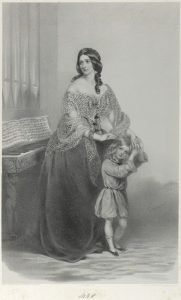
Mrs Holloway, NPG D22235 © National Portrait Gallery, London
H.F.K. Holloway and Mary Ann had six children, three of them boys. However, the oldest son Charles died before he could inherit the estate. Horatio Edward only lived seven years after inheriting and the third son Francis was of ill health and had to leave the country, dying six years after Horatio Edward. This meant that the estate, now called Marchwood Park, was split between the two remaining daughters, who eventually sold it to Charles Bartholomew in 1886 for £21,000 (around £2.7 million today).
The estate was further sold and resold until it was bought by Hubert Scott-Paine, who owned the high-speed boat manufacturing business the British Power Boat Company based in Hythe. The house and grounds became the Marchwood Park Training Centre and used to train young women in boat building; from design to manufacture and assembly. With the outbreak of WWII both sites (Marchwood and Hythe) produced components for and built Motor Torpedo and Motor Gun Boats.
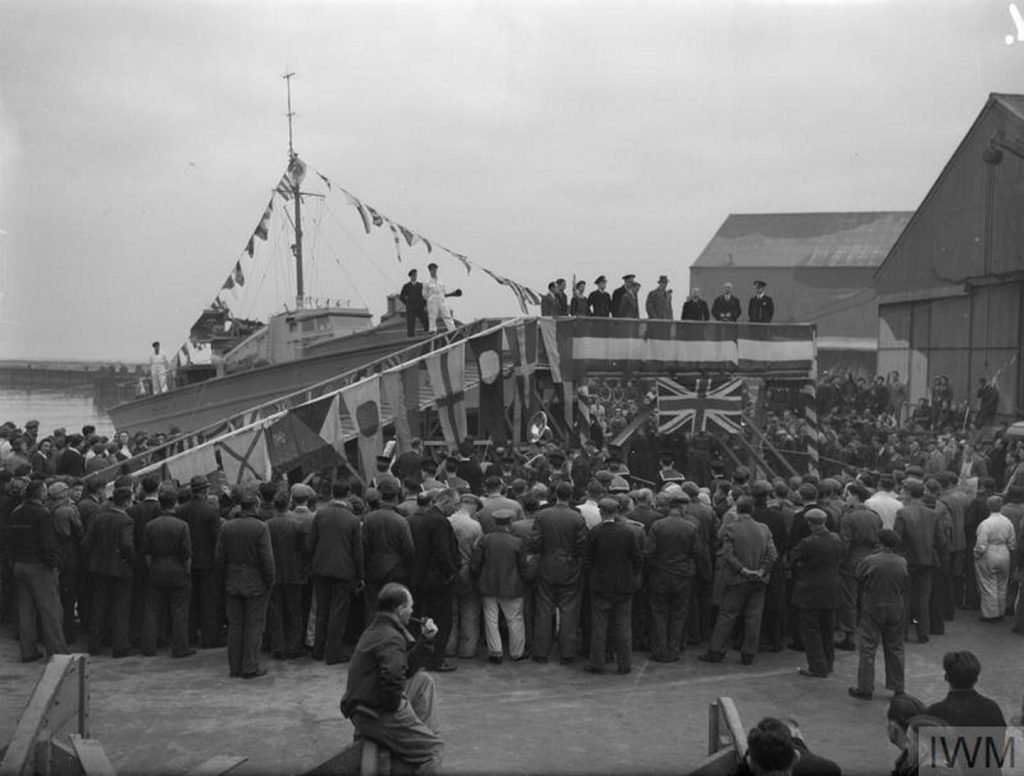
From 1943-49 the site was handed over to the Air Ministry for airmen recovering from surgery following burns with landgirls and munitions workers also housed there.
Around 1965, the Marchwood bypass was built through the original estate, cutting the house off from most of the land. It then became a preparatory school followed by a pony trekking centre before being purchased in 1987 by the Priory Hospital Group.
6. Hidden lake
A lake hidden in the trees of Warwick’s Copse belonged to the Marchwood estate. The lake is private and now used for fishing.
The old ditch and bank boundaries close to the path is evidence of an ancient method of marking a boundary, which was often used to keep animals out by planting a hedge or having a fence on top of the ditch. The actual boundary is on the opposite side of the ditch from the bank, as the ditch was dug on the property holders land.
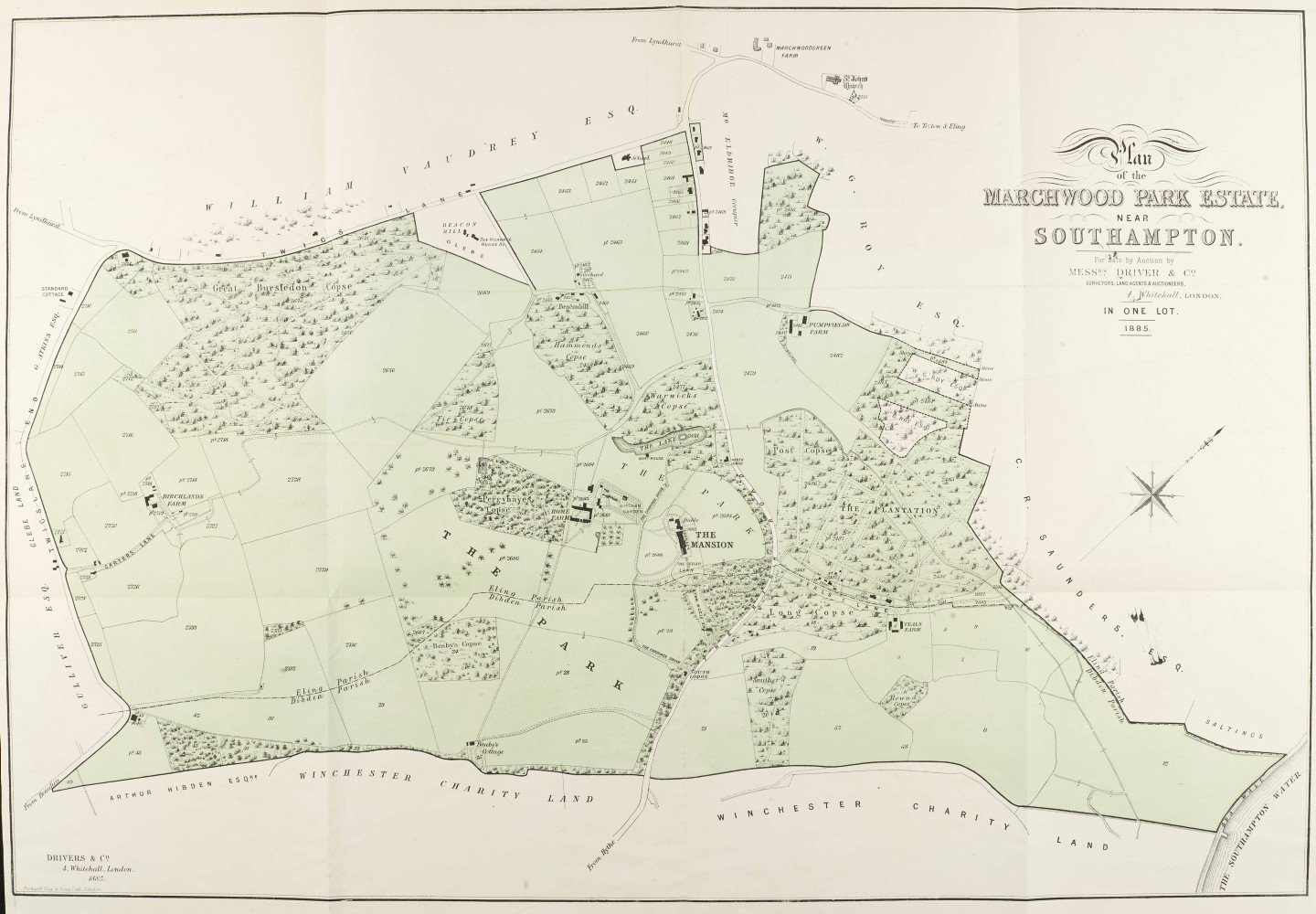
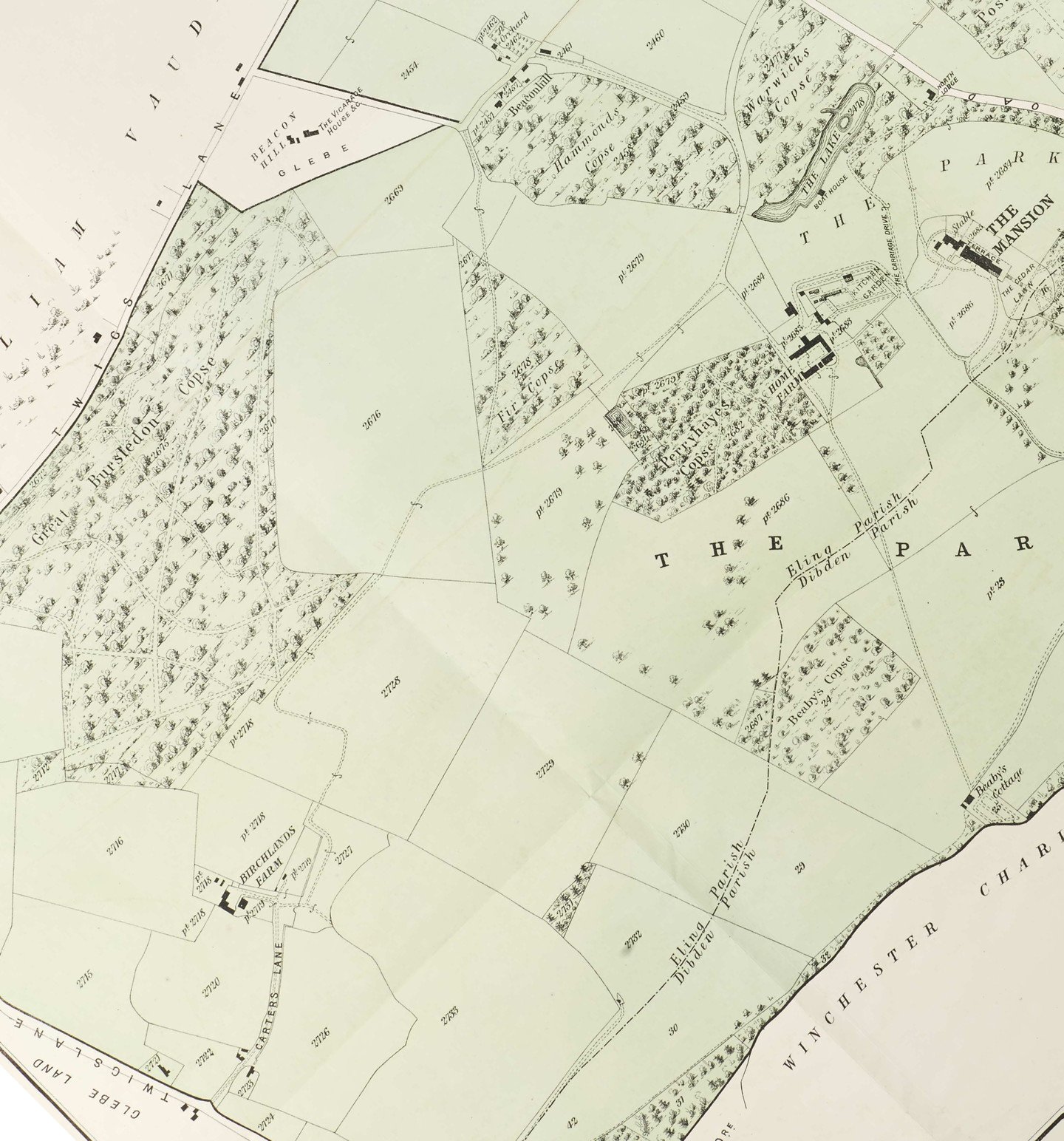
a. Church of St. John the Apostle
In Marchwood is the Church of St. John the Apostle, which was built in 1843 for £8,300 (around £500,000 now) financed by Horatio Francis Kingsford Holloway, the owner of the Marchwood Lodge Estate at the time.



